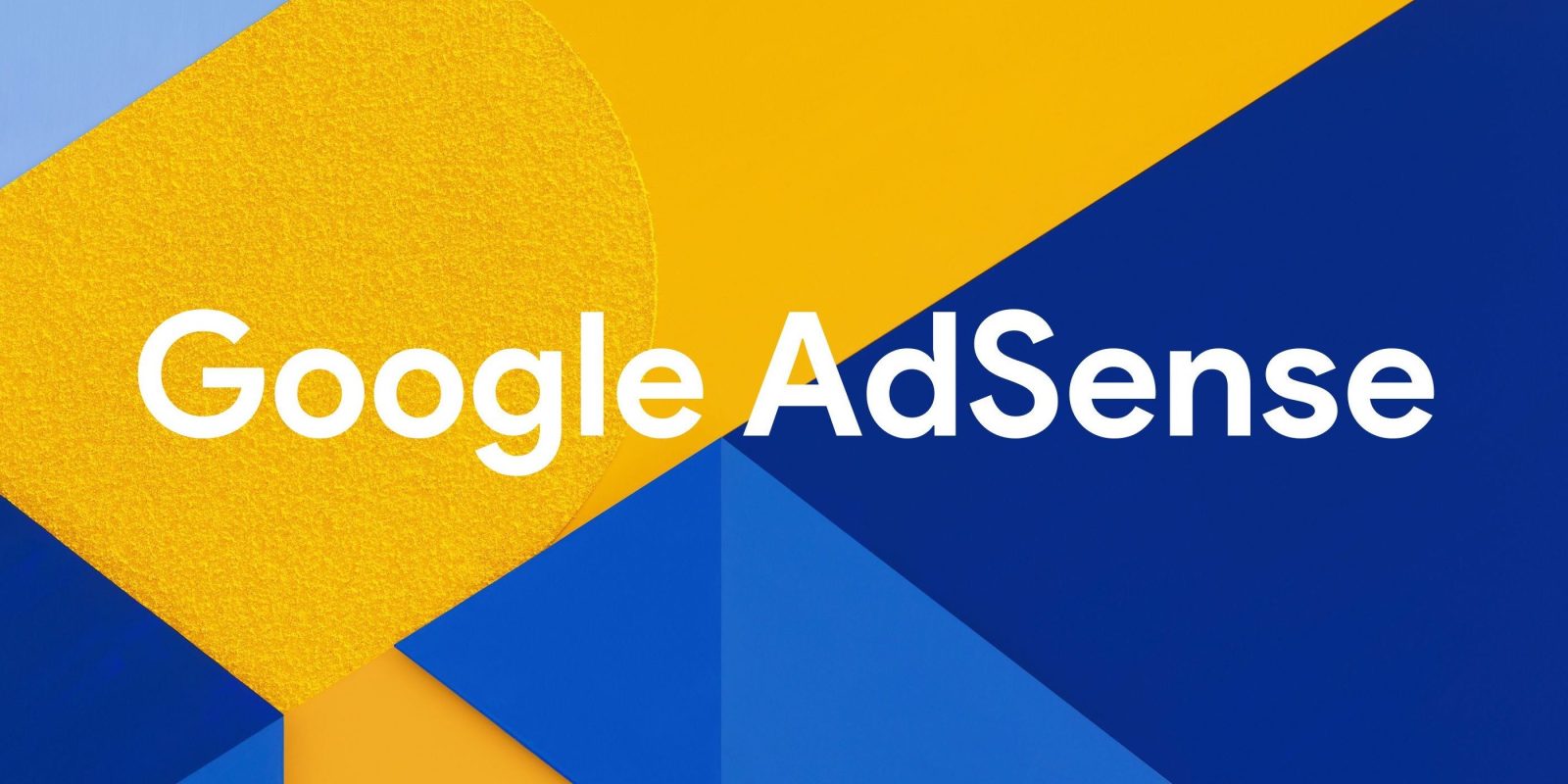Google AdSense and AdMob Rolling Out System Updates to Prevent Ad Spend on Invalid Traffic
Google is putting together a delivery of system updates aimed at fighting invalid traffic and suspicious activity. The move got announced on Wednesday, and we’re also told it will allow AdMob and AdSense publishers access to increased information when their ad serving becomes restricted due to the new measures.

The updates will contain new risk prediction capabilities which incorporate fresh machine learning models able to foresee high-risk ad traffic and therefore block ad requests before the ads serve. Indeed, the stated aim is to “identify potentially invalid traffic or high-risk activities before ads are served,” according to Andres Ferrate in a blog post which accompanied the release reveal. “These defenses allow us to limit ad serving as needed to further protect our advertisers and users, while maximizing revenue opportunities for legitimate publishers.”
It seems that site verification is beginning to pay off. The latest update builds on Google’s already existing filters and detection mechanisms. It also comes on top of last year’s move to require that new sites go through a verification process to verify domain ownership before being approved for ad serving. Google also told us on Wednesday that it now blocks more than 120 million ad requests with this feature.
Google says most publishers won’t detect anything new going on, but for publishers who do become affected by the change, there will be notifications concerning ad traffic restrictions in the AdSense or AdMob Policy Center. Upon accessing the UI, publishers will be able to instantly see that the number of ads they’re permitted to show has been limited. That will be accompanied by helpful recommendations about how to address and rectify the restriction. As Ferrate puts it, “This will allow them to understand why they may be experiencing reduced ad serving, and what steps they can take to resolve any issues and continue partnering with us.”
The recommendation is that upon noticing a decline in ad traffic, publishers that should immediately go and check the Policy Center for any notifications they might have received.
The advertisers that this update is designed to help – in other words, us – should hopefully end up with additional protection against suffering too much bot engagement. However, we won’t get to see which domains are impacted by the new measures because the blocking action takes place in advance of ads serving. Google isn’t playing ball when it comes to letting us know precisely what the new systems are basing their detections around either. That’s because revealing that sort of detail might lead to reverse engineering on the part of bad actors, in order to get around the safeguards.
I posted this here because it’s worth knowing this is going on behind the scenes if you didn’t catch any announcements or articles about it. Keep an eye on your ad serving. Do any of you guys expect to see teething problems with this?

